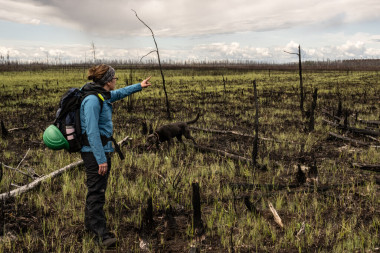Parts of Canada’s Boreal Forest Are Burning Faster Than They Can Regrow | The delicate balance of one the planet’s largest natural systems for storing carbon depends on the humble black spruce tree.

There have been multiple accounts created with the sole purpose of posting advertisement posts or replies containing unsolicited advertising.
Accounts which solely post advertisements, or persistently post them may be terminated.